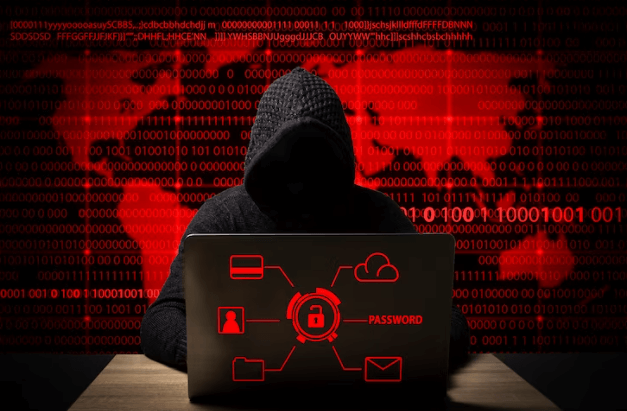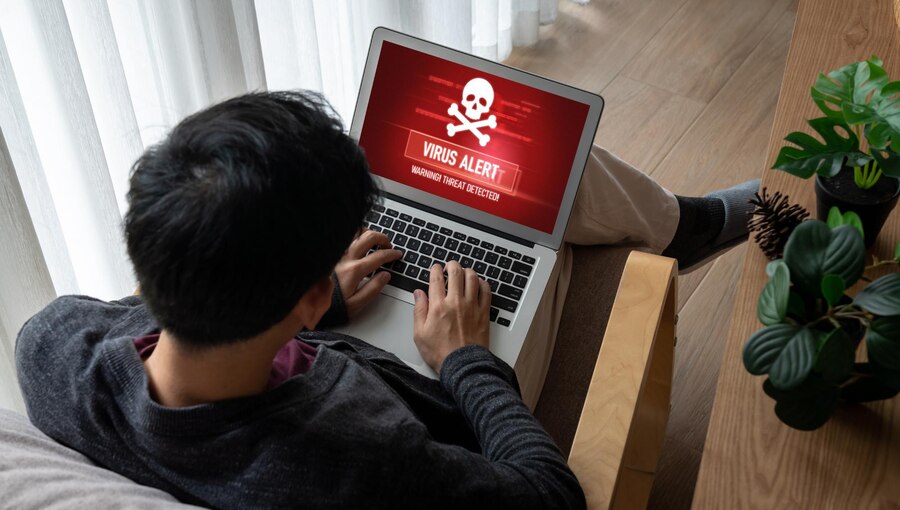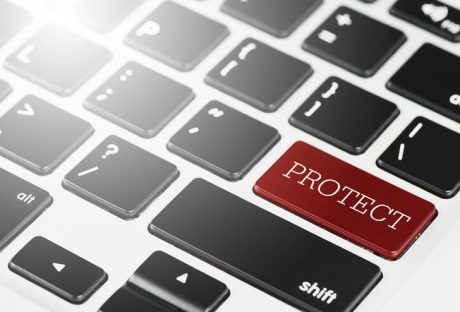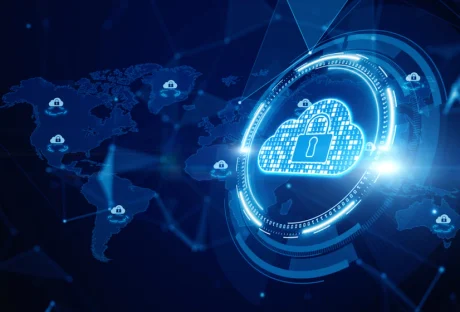Ransomware attacks are on the rise. Because there’s currently no way to recover data once it has been encrypted by ransomware, it’s important to do everything in your power to prevent it from happening to you in the first place.
Here are steps and cyber security training you can take right now to help protect yourself against this cyber threat and all of its potentially devastating consequences.
Contents
Top 8 Ways To Prevent A Ransomware Attack

1. Maintain Backups
It’s important to maintain at least two copies of your data: one that remains in your possession and another which is backed up to offsite storage every night. Since you can’t access the backup version if you have been infected by ransomware, it’s important that you keep a second copy in a secure offline location. That way, even if the malware does encrypt your files, the ability to restore them will still exist.
2. Encrypt Files
You should encrypt all of your files before you send them over to your computer’s backup location, and also make sure that you have full, expert-level encryption as well as a strong password in place on the backup drive. Better safe than sorry.
3. Update Your Software
As with all software, there are always patches and updates available for your antivirus or anti-malware software that could prevent ransomware from taking hold in the first place. If you’re using endpoint protection software, make sure the update has been applied. If you’re using a third-party antivirus or anti-malware package, get it to update as well.
4. Develop Plans and Policies
Ransomware is a major threat to your business, and it can cause a major loss of revenue if you don’t have a plan in place to prevent it. Therefore, it’s important that you ensure that you have a backup policy and disaster recovery plan in place so that your company can act quickly in the event of a ransomware attack. Developing software protection policies, training users on backup procedures, and conducting penetration testing to find vulnerabilities and malicious activity are all effective ways of creating an effective prevention strategy.
5. Train the Team
You should train your team on how to respond should they encounter ransomware, how to avoid it happening in the first place, and what they can do if they do get compromised. Anti-malware software will help them recognize and protect against ransomware, but only if they know how to use it. The more training they receive, the better they will be at spotting ransomware, and the more likely they’ll be able to take action quickly when it occurs.
6. Monitor Files and Network Activities
Part of creating an effective backup plan is knowing where your files are located so that you can restore them. That way, if your computer is compromised, you can restore the files from your backup. You should also be monitoring for unauthorized access to both file-hosting and FTP sites. Additionally, it’s important to monitor all of the network activity from your computer so that you can determine if someone is trying to gain access to machines that aren’t theirs.
7. Implement an IDS
An Intrusion Detection System (IDS) is a network security tool designed to detect and block network intrusions, such as attempts to gain unauthorized access. Since ransomware will attempt to disguise itself in order to get past an IDS and infect your computer, it’s important that you implement one for your entire network. The IDS should be able to detect anything that looks out of the ordinary and will immediately notify you so that you can take action.
8. Implement an Antivirus Policy
The best way to protect your computer is with antivirus software, which automatically scans all of the files stored on your machine and makes sure that they are virus-free before you load them onto a machine.
When your computer is infected, the antivirus program automatically starts working to detect and remove the malware. The best antivirus programs also have the ability to detect zero-day threats, which are new viruses that haven’t even been discovered yet.
Ransomware is a major threat to your business, so it’s important that you take the above steps and cyber security training immediately to help protect yourself against this cyber threat and all of its potentially devastating consequences. It’s also important that you remember these steps when figuring out how best to protect your computer against ransomware, as well as those in your network.
Additional:























